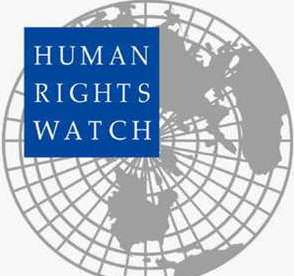The Ethiopian government has said it will launch an independent investigation into the killing of protesters by security forces during anti-government demonstrations in recent weeks.
Speaking to Al Jazeera, government spokesperson Getachew Reda insisted, however, that police violence in the country was “not systemic”.

 The Ethiopia’s ruling party coalition won all 547 parliamentary seats in the 2015 elections, due in part to the lack of space for critical voices. Authorities use arbitrary arrests and politically motivated prosecutions to silence journalists, bloggers, protesters, and perceived supporters of opposition parties. Security forces respond to peaceful protests with excessive force, and detainees routinely allege torture and ill-treatment. Repressive laws restrict nongovernmental activity. The government has not adequately investigated allegations of abuses associated with its “villagization program,” or the development of sugar plantations in the Lower Omo Valley affecting 200,000 indigenous people, both of which benefitted directly or indirectly from donor assistance.
The Ethiopia’s ruling party coalition won all 547 parliamentary seats in the 2015 elections, due in part to the lack of space for critical voices. Authorities use arbitrary arrests and politically motivated prosecutions to silence journalists, bloggers, protesters, and perceived supporters of opposition parties. Security forces respond to peaceful protests with excessive force, and detainees routinely allege torture and ill-treatment. Repressive laws restrict nongovernmental activity. The government has not adequately investigated allegations of abuses associated with its “villagization program,” or the development of sugar plantations in the Lower Omo Valley affecting 200,000 indigenous people, both of which benefitted directly or indirectly from donor assistance.